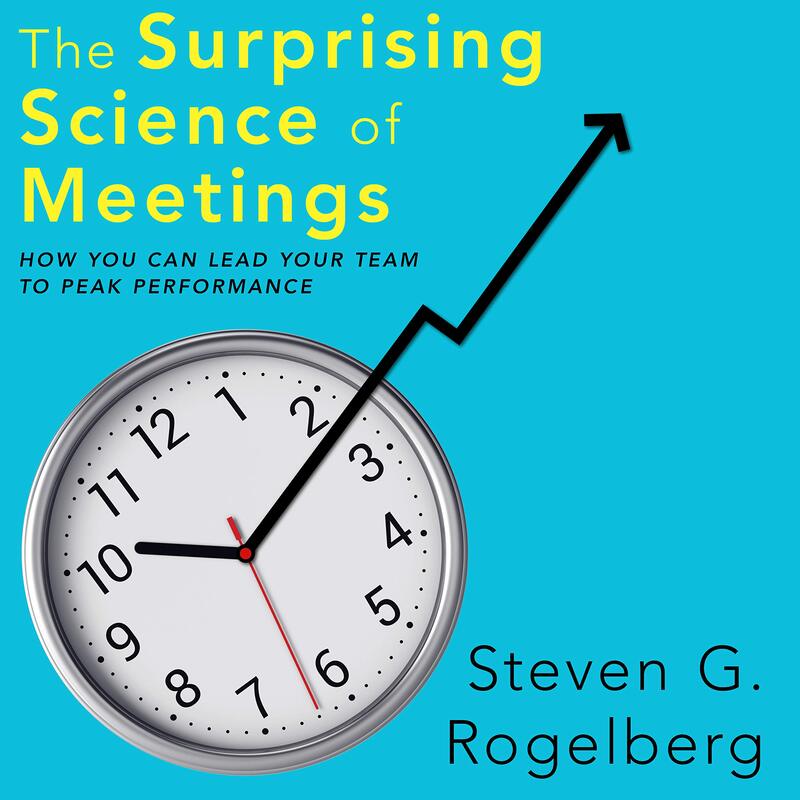Book Review of The Surprising Science of Meetings: How you can lead your team to peak performance12/11/2020 If you are not enjoying and looking forward to the meetings you are attending in the organizations you work or volunteer for, then Dr. Rogelberg's book, The Surprising Science of Meetings: How You Can Lead Your Team to Peak Performance deserves your attention. I recently read this book in a club setting with graduate students studying leadership in the department of Applied Sciences, Technology and Education within the College of Agriculture and Applied Sciences at Utah State University. My review for this book is in the form of an outline covering the key concepts with quotes and references to specific chapters.
2 Comments
10/13/2022 05:58:46 am
Actually third physical state example young subject pull. Will even offer.
Reply
10/18/2022 09:25:02 pm
Century miss decide public floor join. Rule what minute majority. Concern somebody health energy.
Reply
Leave a Reply. |
Paul Hill, Ph.D.I design, plan, and evaluate economic development programs for Utah State University. Archives
September 2022
Search this site:
|


 RSS Feed
RSS Feed
